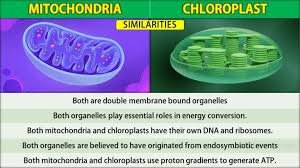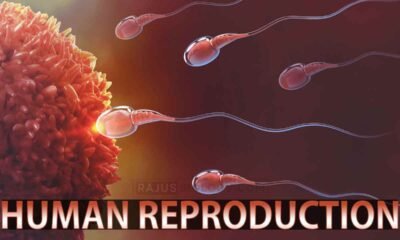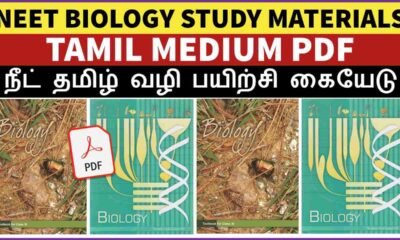Blog
Difference Between Mitochondria and Chloroplast

In this article we will discuss about difference between mitochondria and chloroplast
Difference Between Mitochondria and Chloroplast
1. Location: Mitochondria are found in most eukaryotic cells like animal cells and plant cells. Chloroplasts, however, are mainly present in plant cells and some protists.
2. Structure: Mitochondria have an inner and outer membrane, the inner membrane highly folded. That folding structures are called cristae. Chloroplasts also have an inner and outer membrane, but they dont have cristae and contain grana, which are not present in mitochondria.
3. Energy Production: Mitochondria are known as the power houses of the cell because they generate ATP through aerobic respiration. they breakdown glucose and other organic molecules to produce ATP. Chloroplasts, on the other hand, are involved in photosynthesis, traping light energy and converting it into food matrial.
4. Pigment Content: Mitochondria do not contain pigments. In contrast, chloroplasts contain green colour chlorophyll pigments.
5. Endosymbiotic Origins: Both mitochondria and chloroplasts are believed to have originated from endosymbiotic events. Mitochondria evolved from a symbiotic relationship between eukaryotic cells and aerobic bacteria, while chloroplasts are originated from a symbiotic relationship between eukaryotes and photosynthetic cyanobacteria.
6. Metabolic Pathways: Mitochondria are involved in numerous metabolic pathways, which generate ATP. Chloroplasts are primarily involved in photosynthetic pathways, such as the light reactions and the Calvin cycle, producing glucose and oxygen.
7. Cellular Distribution: Mitochondria are distributed throughout the cytoplasm of the cell. Chloroplasts, however, are typically present in specific areas of the cell, such as the mesophyll cells of plant leaves
Summary: Difference Between Mitochondria and Chloroplast
- Mitochondria are found in most eukaryotic cells, while chloroplasts are exclusive to plant cells.
- Mitochondria generate ATP through aerobic respiration, while chloroplasts produce glucose through photosynthesis.
- Mitochondria lack pigments, while chloroplasts contain chlorophyll pigments.
- Both organelles have their own DNA and can replicate independently.
- Mitochondria originated from a symbiotic relationship with aerobic bacteria, and chloroplasts originated from a symbiotic relationship with photosynthetic cyanobacteria.
- Mitochondria are involved in various metabolic pathways, while chloroplasts are primarily engaged in photosynthetic pathways.
- Both organelles replicate through binary fission.
- Mitochondria are distributed throughout the cytoplasm, while chloroplasts are concentrated in specific areas of the cell.
- Mitochondria are believed to have appeared earlier in evolution compared to chloroplasts.

 Entertainment1 month ago
Entertainment1 month agoIbomma Bappam: Redefines Telugu Streaming Trend

 Blog1 month ago
Blog1 month ago[PPT] The living world Class 11 Notes
- Blog1 month ago
Class 12 Biology Notes Chapter wise PPT

 Blog1 month ago
Blog1 month ago[PPT] Human Reproduction Class 12 Notes

 Blog1 month ago
Blog1 month agoIosmirror.cc Apk: Enables Smart Screen Sharing
- Blog1 month ago
PG TRB Botany Study Material PDF Free Download
- Blog1 month ago
Class 11 Biology Notes Chapter wise PPT

 Blog1 month ago
Blog1 month agoDownload NEET Biology Study Materials in Tamil












